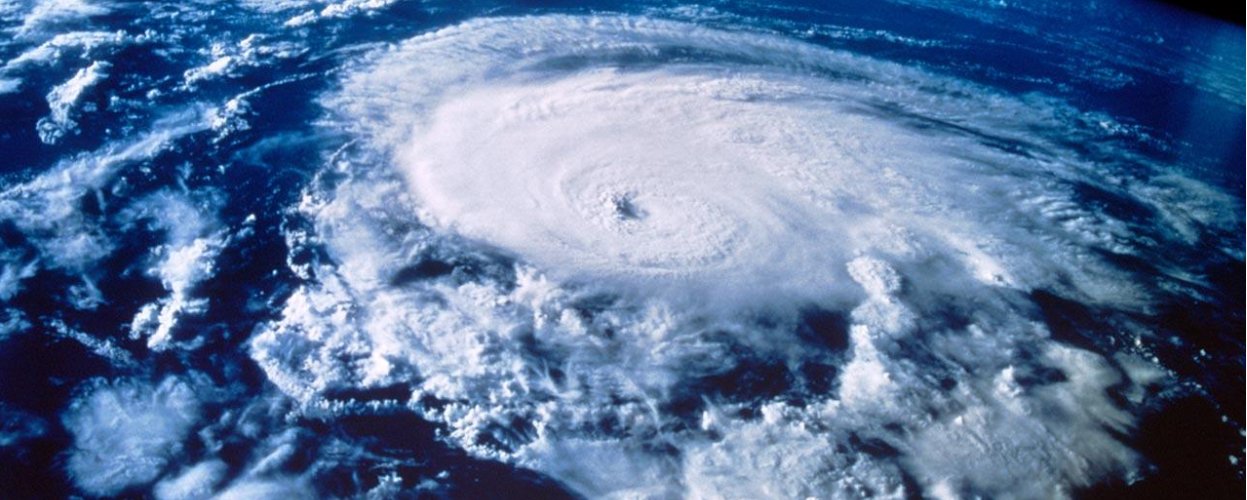Hurricane season begins June 1 through November 30th
WATCH vs. WARNING
KNOW THE DIFFERENCE
A HURRICANE WATCH issued for your part of the coast indicates the possibility that you could experience hurricane conditions within 48 hours.
This watch should trigger your family’s disaster plan, and protective measures should be initiated, especially those actions that require extra time such as securing a boat, leaving a barrier island, etc.
A HURRICANE WARNING issued for your part of the coast indicates that sustained winds of at least 74 mph are expected within 36 hours or less.
Once this warning has been issued, your family should be in the process of completing protective actions and deciding the safest location to be during the storm.
In the event of a Hurricane or other disaster prepare an Emergency Supply Kit <http://www.ready.gov/kit>, which includes items like prescriptions, non-perishable food, water, a battery-powered or hand-crank radio, extra flashlights and batteries. You may want to prepare a portable kit and keep it in your car in case you are told to evacuate.
Hurricanes cause heavy rains that can cause extensive flood damage in coastal and inland areas. Everyone is at risk and should consider flood insurance protection. Flood insurance is the only way to financially protect your property or business from flood damage. To learn more about your flooding risk and how to protect yourself and your business, visit the NFIP Web site, www.floodsmart.gov or call 1-800-427-2419.
In addition to insurance, you can also:
- Cover all of your home’s windows with pre-cut ply wood or hurricane shutters to protect your windows from high winds.
- Plan to bring in all outdoor furniture, decorations, garbage cans and anything else that is not tied down.
- Keep all trees and shrubs well-trimmed so they are more wind resistant.
- Secure your home by closing shutters, and securing outdoor objects or bringing them inside.
- Turn off utilities as instructed. Otherwise, turn the refrigerator thermostat to its coldest setting and keep its doors closed.
- Turn off propane tanks.
- Install a generator for emergencies.
- Reinforce your garage doors; if wind enters a garage, it can cause dangerous and expensive structural damage.
- Ensure a supply of water for sanitary purposes such as cleaning and flushing toilets. Fill the bathtub and other large containers with water.
Visit www.nhc.noaa.gov for detailed information regarding storm preparation.

